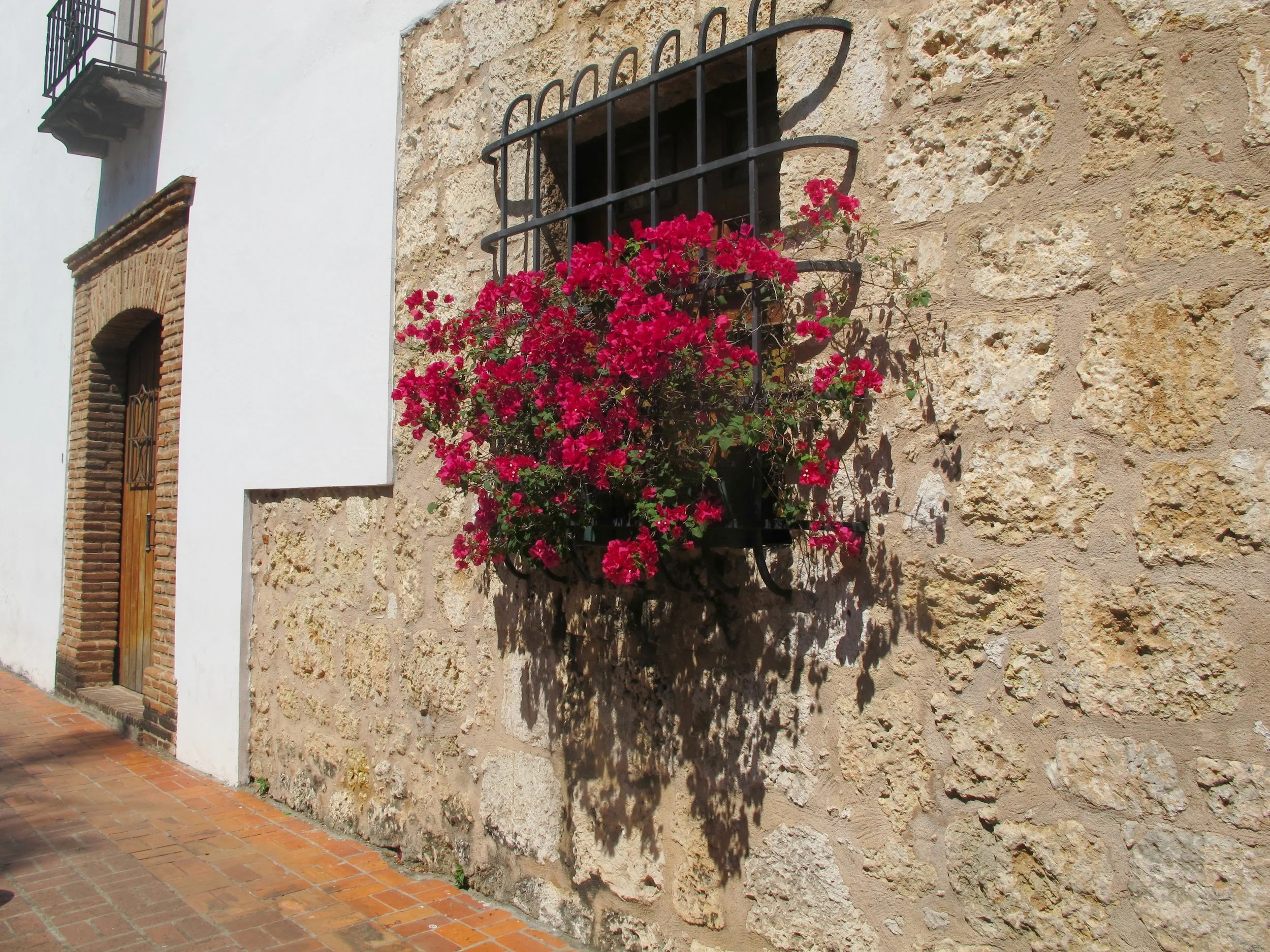

Dominican Republic
Dominican Republic
La Zona Colonial (Santo Domingo)
The Ciudad Colonial (Spanish for “Colonial City”) was the first permanent settlement of the New World, established shortly after Christopher Columbus reached the Hispaniola on his first voyage in 1492. It is the historic central neighborhood of Santo Domingo and is colloquially known as “La Zona Colonial” (“The Colonial Zone”). Santo Domingo is the oldest continuously inhabited European city in the New World and was the place of departure for the spread of European culture and the conquest of the Americas.
La Zona Colonial was established by Bartholomew Columbus (Christopher Columbus’s brother) on the East bank of the Ozama River. In 1502, the colonial city was relocated on the West bank under the leadership of Nicolás de Ovando (Note: the Hotel Hodelpa Nicolas de Ovando was Ovando's palace, which has been converted to a hotel). Ovando and his successor Diego Colón (Christopher Columbus’s son) presided over the first constructions of the colonial city, many of which still exist today. They decided to provide the colonial city with a grid pattern. This checkerboard layout later became a reference for almost all the town planners of the New World.
Major Sites to visit (Click on the Photos for More Details):
Punta Cana
Punta Cana is today a popular resort area in the Dominican Republic, located on the far eastern point of the country in the province of Altagracia and is one of the Caribbean’s most popular resort areas. In fact, although the East Coast of the Dominican Republic is frequently referred to as Punta Cana, it actually encompasses several areas: Cap Cana, Punta Cana, Cabeza de Toro, Bavaro, El Cortecito, Arena Gorda, Macao and Uvero Alto. Most of today’s resorts and hotels are located in Cabeza de Toro, Bavaro, El Cortecito, Arena Gorda, Macao and Uvero Alto, but nearly all of them use the name “Punta Cana” in their branding.
In 1969, a group of American investors bought 30 square miles of undeveloped land bordering 5 miles of the east coast of the Dominican Republic in the province of La Altagracia. The land was pretty much just impenetrable jungle and bush with no access roads and only a handful of small, fishing villages dotted along the coast. But the beaches were some of the most beautiful on the island with their white sand, coconut palms, crystal clear waters and protective coral reefs. A few years later a Dominican entrepreneur Frank R. Rainieri joined them with his vision to create a resort community that respects the natural habitat while offering visitors a world class vacation experience. Mr. Rainieri wisely decided to rename it Punta Cana. The first hotel was built in 1971. The area was still pretty isolated. The nearest town, Higuey, took 6 hours to reach. A new road was needed. The Colgate-Palmolive Company, which was required to repatriate its local entities’ export earnings, became involved and the new highway was built making it possible to reach Higuey in 30 minutes thus connecting Punta Cana to the rest of the island’s road network.
In 1982, after 8 long years of negotiation with the Dominican government, Groupo PUNTACANA’ s primitive airstrip was permitted to be developed to accommodate full sized commercial aircraft. In a joint venture with Club Med construction began and in 1984 Punta Cana International Airport (PUJ) was inaugurated with the first international flight arriving from San Juan, Puerto Rico. It was the world’s first privately owned international airport. Without it Punta Cana would not be what it is today. In that inaugural year the airport received 2,976 passengers, in 2016 it received just under 7 million.
Punta Cana is today the largest and fastest growing tourist destination in the Caribbean and it is a popular holiday destination for people from all over the world. Punta Cana boasts more that 100 hotels & resorts and 30,000 hotel rooms spread across 40 kilometers of beautiful white sand beaches.












